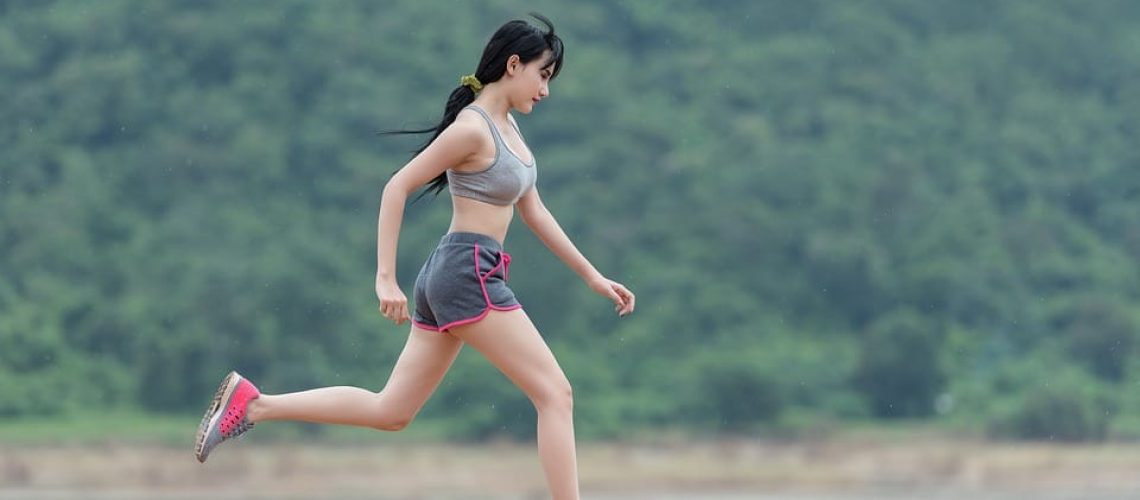As an orthopedist, I’m all for anything that will spur my patients to get out and exercise more. If a new type of running shoe will further that cause, all the better. When I saw ads for the new minimalist running shoes, I initially thought them to be a neat idea, like running barefoot but with protection for your skin. As time went by however, my enthusiasm dampened after reading about bone research findings from using these minimalist running shoes. That’s what I’d like to talk to you about – knowing the risks of using this type of shoe and how to do it safely.
Cool Minimalist Running Shoes – Hot Bone Injuries
They’re called “minimalist running shoes” because they’re basically a hard rubber covering for your feet and toes. They look like hard rubber “gloves” for your feet – your toes fitting into the “finger” slots. They don’t have the traditional arch or heel supports of regular running shoes. Their manufacturers tout them as a product that will allow you to run more “naturally”, mimicking running barefoot. Many sports enthusiasts feel that running barefoot greater strengthens the muscles in your feet and lower legs. While I can agree with that for the most part, there’s a developing down side to these shoes that I don’t agree with.
Recent research out of Brigham Young University showed via MRI’s – magnetic resonance imaging – that these minimalist shoes can lead to several serious bone injuries, especially in women runners. These include:
- Stress fractures
- Bone marrow edema from inflammation causing fluid buildup in the bone
- General stress injuries to the bones, ligaments of feet and lower leg
The researchers concluded that the reason minimalist shoes caused these injuries is from lack of a proper transitioning period. Since the day you started walking, you wore certain types of shoes that caused the bones of your feet and lower legs to “model” in such a way. That modeling only supports wearing “traditional” shoes though.
Changing to minimalist type shoes requires a gradual transitioning so that the bones of your feet and lower legs can remodel to strengthen enough to accommodate the difference in how your foot will impact the ground when wearing them. Many people just go out and by minimalist shoes and jump right into using them full-blown. They don’t give their feet and leg bones a chance to get used to experiencing a new way of impacting the surface below them. If your bones have not had enough time to remodel and strengthen themselves to support the new impact action, injuries and pain can occur.
What Can You Do with Minimalist Running Shoes?
Companies who make minimalist shoes claim that the shoes offer some performance benefits to running. Yet, the researchers who studied their effects found that traditional running shoes yielded more peak running mileage during the study (30 miles) than the minimalist shoe users did.
In addition, 10 of the minimalist running shoe users experienced pain and injury. Of these 10, they averaged exactly half (15 miles) of what the traditional shoe wearers did. Now, you might think that was because their feet and legs hurt and they couldn’t achieve the same mileage. Yet, the minimalist shoe users who didn’t experience pain or injury still averaged only 18 miles. Obviously, the traditional shoe wearers out-performed even the non-injury minimalist shoe group.
The researchers on this study state that with an adequate transitioning period, the shoes could be used safely. The company who made the shoes that were used in the study offered the following “break-in” schedule of the shoes to the participants who were involved in the study.
- A single run of not more than 1-2 miles in the shoes for the first week
- Two runs the second week
- Three runs the third week
- As comfort allows from fourth week on (through the 10 week length of their study)
Although, this company’s website also recommends a gradual transitioning period for their shoes, they are under litigation by consumer groups in two states. The litigation states the company made misleading health benefit claims about the shoes.
My Recommendations Regarding Minimalist Running Shoes
If you really want to try using minimalist shoes, I recommend that you transition very slowly and gradually. I would extend the break-in schedule to 6 weeks – not exceeding 4 runs a week from the fourth week on. I would also recommend running on a more “giving” surface like black top, or preferably grass or sand, rather than cement sidewalks or streets. It may be that the “break-in” period this particular company offered for their shoes was not adequate for experienced runners’ foot and leg bones to remodel for the study.
It may also be that minimalist shoes are just not for every type of foot and bone structure. The fact that more women have suffered these bone injuries than men, tells me that smaller bone structures may not work well with these shoes. If, after trying to use minimalist shoes, you experience pain, burning, swelling, stop using the shoes immediately and see an orthopedist to determine if any injuries have occurred.
Stay Well,
Dr. Brachfeld, M.D.
Natural Health News
Bone Health For Life, http://www.niams.nih.gov/Health_Info/Bone/Bone_Health/bone_health_for_life.asp
Quick Switch to ‘Barefoot’ Shoes Can Be Bad to the Bone, http://www.sciencedaily.com/releases/2013/03/130307092523.htm
Ridge et al. “Foot Bone Marrow Edema after 10-week Transition to Minimalist Running Shoes.” Medicine & Science in Sports & Exercise, published Feb. 22, 2013.

